Overview & Objectives
While employers do everything possible to maintain a safe workplace, accidents may still occur when hazards are present. Because of this, OSHA Standard 29 CFR 1904 requires that businesses with more than 10 employees and/or in specific industries create and maintain a record of on-the-job illnesses and injuries. Doing so is not only required by law, but also an easy way to identify and eliminate potential risks to employee safety. Designed for supervisors, managers, and other employees tasked with ensuring compliance, the OSHA Recordkeeping and Reporting for All Industries Course covers essential aspects of setting up and maintaining a reporting system in accordance with OSHA Standard 29 CFR 1904.
NOTE: On May 2016, OSHA announced changes to the reporting and recordkeeping standard called the Improve Tracking Final Rule to require certain employers to electronically submit injury and illness data that they are already required to record on their onsite OSHA injury and illness forms. These changes affect establishments with 250 employees or more, or employers with 20-249 employees in certain high-risk industries. These new requirements are effective as of January 1, 2017 for workplaces under Federal OSHA jurisdiction.
The new rules also include Anti-Retaliation protections, which require employers to inform employees of their right to report work-related injuries and illnesses free from retaliation. These provisions became effective on August 10, 2016.
As part of this advanced-level, online training course, participants will learn the requirements governing employer recordkeeping and reporting of workplace injuries, illnesses, and deaths, including:
- All recordkeeping and reporting regulations addressed in Title 29 of the Code of Federal Regulations, Part 1904
- Recent updates to Standard 29 CFR 1904, including the Improve Tracking Final Rule and Anti-Retaliation protections
- Relevant criteria for reportable injuries and illnesses
- Guidelines for completing key forms, including:
- OSHA Form 300, Log of Work-Related Injuries and Illnesses
- OSHA Form 300A, Summary of Work-Related Injuries and Illnesses
- OSHA Form 301, Injury and Illness Incident Report
- Standards for the reporting of fatalities and serious incidents
Upon completion of the course, participants will be prepared to create a compliant reporting system and train employees on how to report workplace injuries and illnesses.



